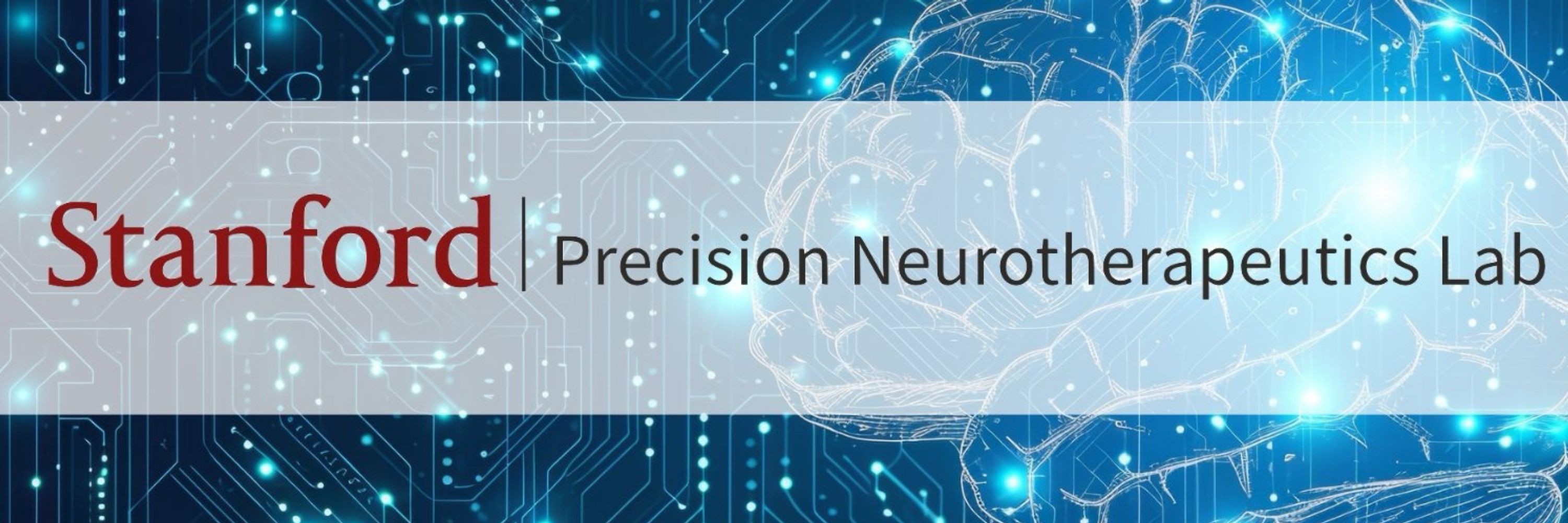
precisionneuro.stanford.edu
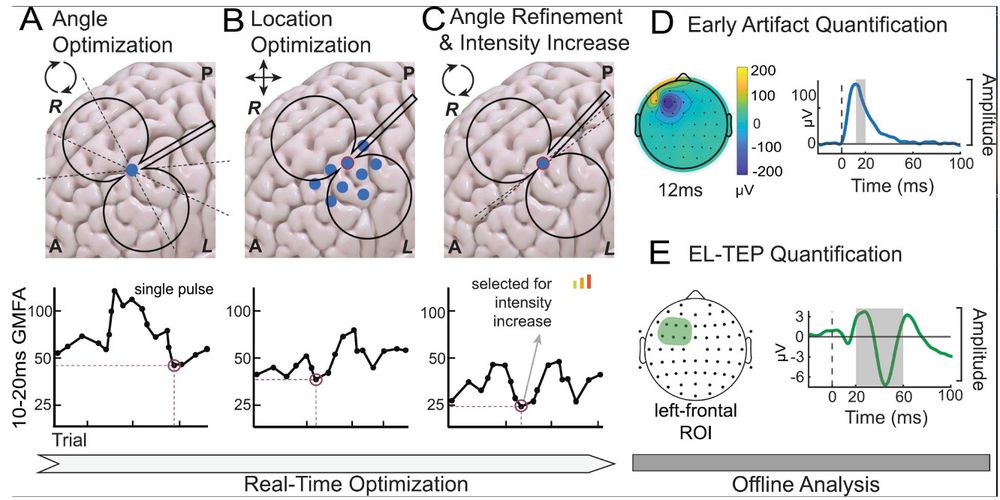


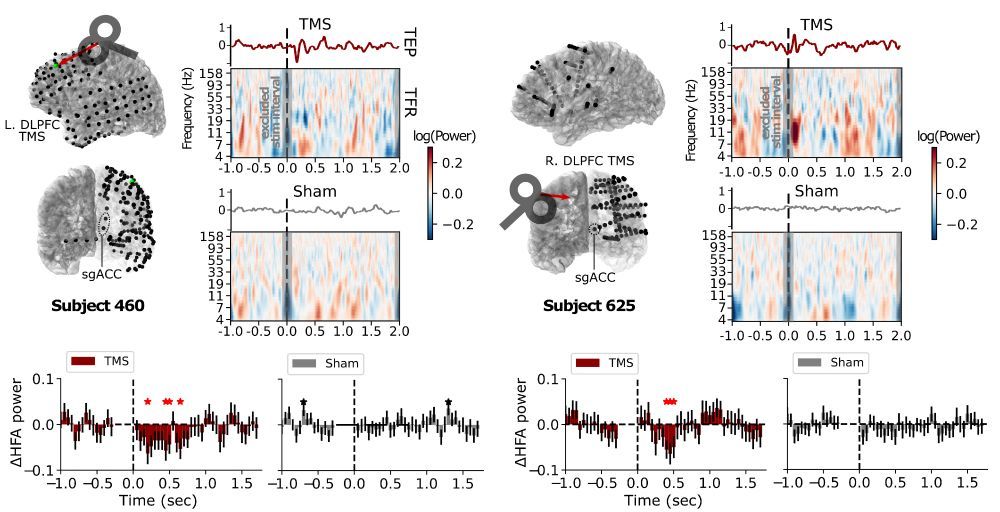
@coreykeller.bsky.social @juhagogulski.bsky.social & @chrisclineneuro.bsky.social are presenting on #TMSEEG, plasticity & precision neuromodulation 🧠⚡
See the full lineup below! 📸✨ @stanfordmedicine.bsky.social #neuroscience
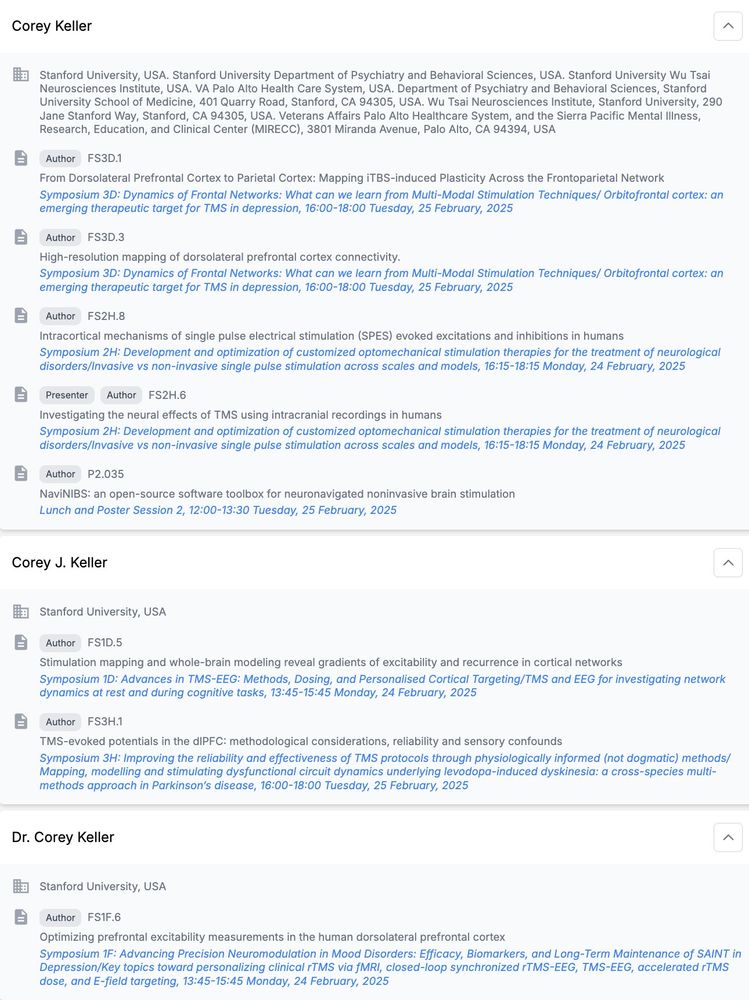


@coreykeller.bsky.social @juhagogulski.bsky.social & @chrisclineneuro.bsky.social are presenting on #TMSEEG, plasticity & precision neuromodulation 🧠⚡
See the full lineup below! 📸✨ @stanfordmedicine.bsky.social #neuroscience
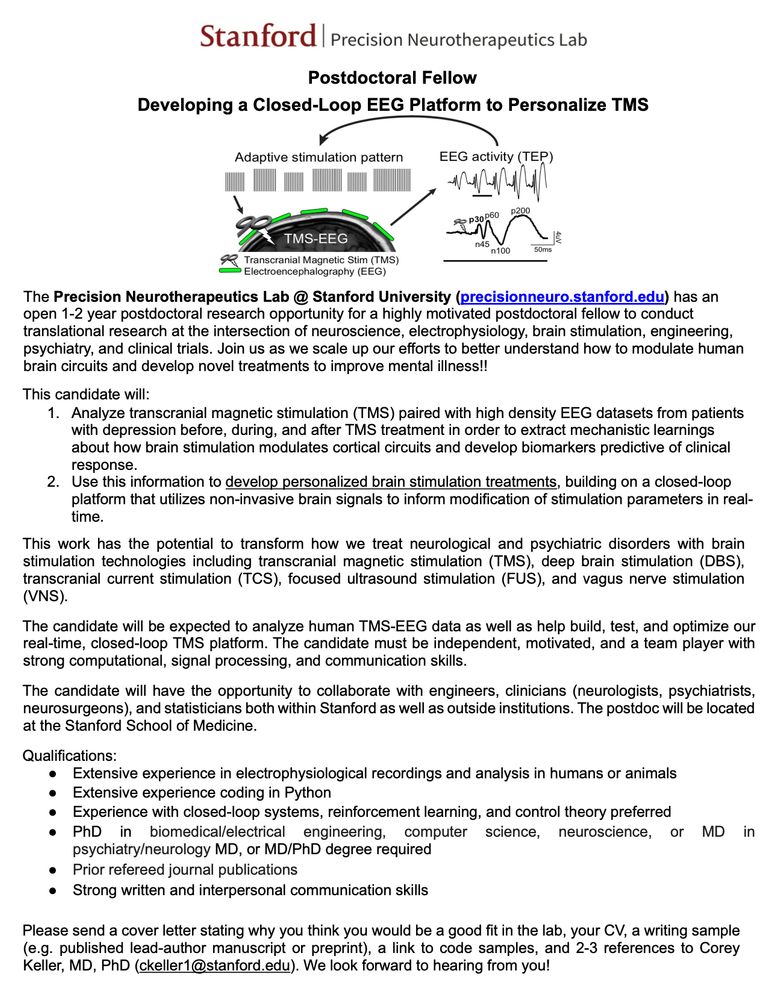

• Peak-to-peak amplitude
• Later time windows (20-60 ms or 30-60ms)
• Sensor-space (vs. source-space) analysis
ROI size didn't impact reliability much.
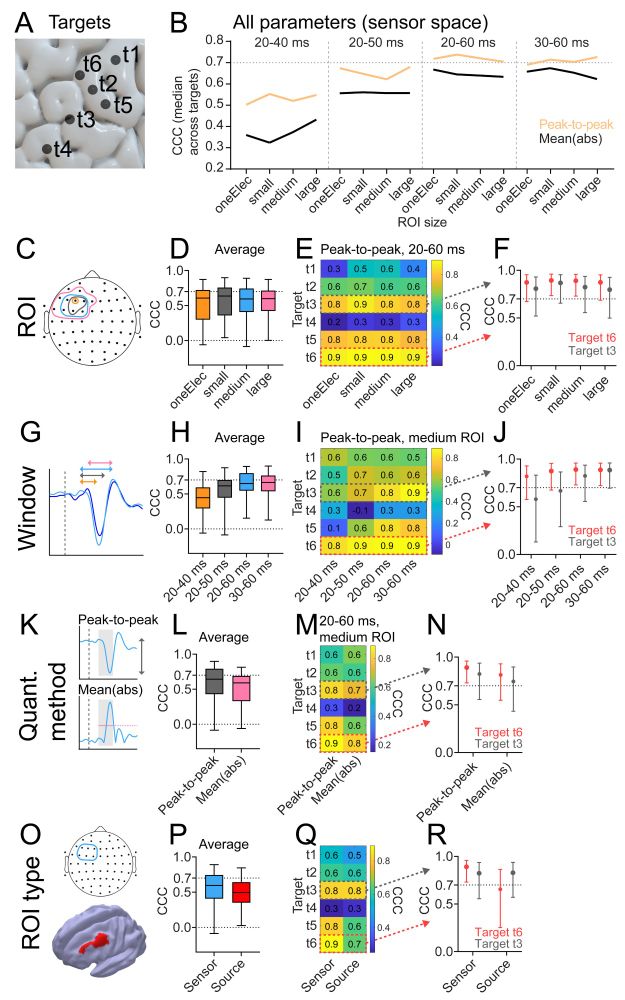
• Peak-to-peak amplitude
• Later time windows (20-60 ms or 30-60ms)
• Sensor-space (vs. source-space) analysis
ROI size didn't impact reliability much.

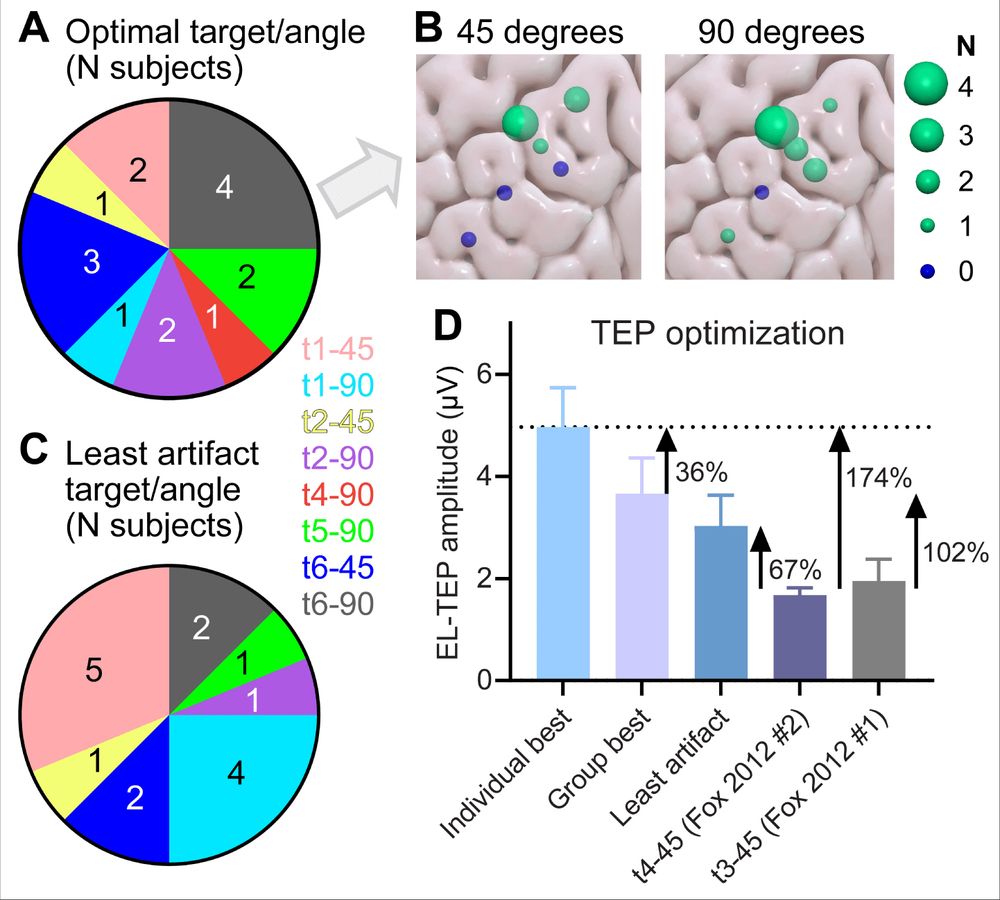
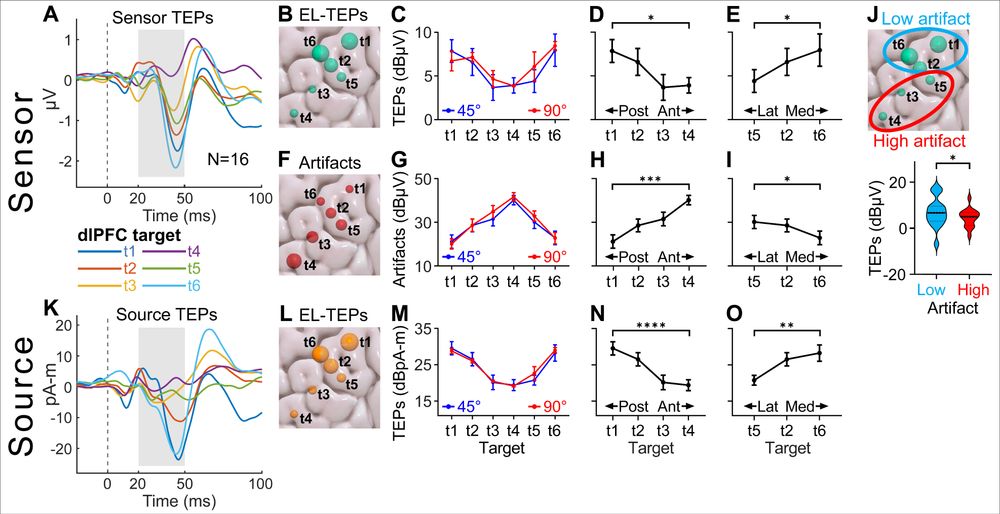
🎉Congrats to our co-director Chris Cline, lead developer of NaviNIBS!
We hope to enable new possibilities for innovations in neuronavigation #TMSEEG @stanfordmedicine.bsky.social (1/5)
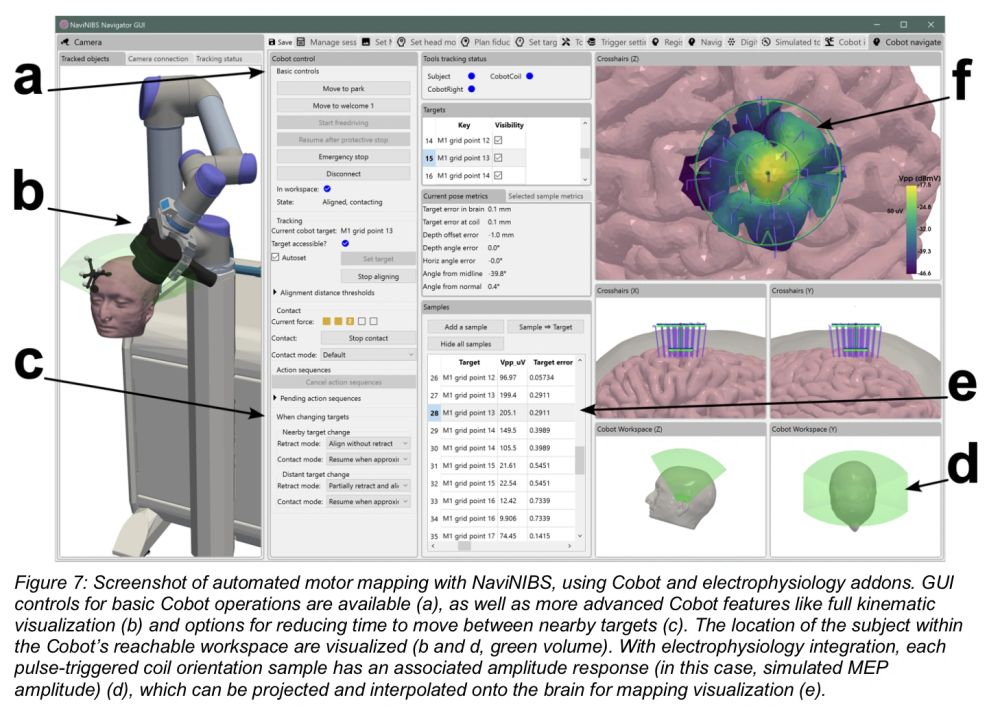
🎉Congrats to our co-director Chris Cline, lead developer of NaviNIBS!
We hope to enable new possibilities for innovations in neuronavigation #TMSEEG @stanfordmedicine.bsky.social (1/5)
We show that timing ⏱️ TMS with our musical sounds increased 📈 the size of motor-evoked potentials (MEPs) compared to standard single pulse TMS and an auditory control condition (same sounds, different timing). (5/10)

We show that timing ⏱️ TMS with our musical sounds increased 📈 the size of motor-evoked potentials (MEPs) compared to standard single pulse TMS and an auditory control condition (same sounds, different timing). (5/10)





